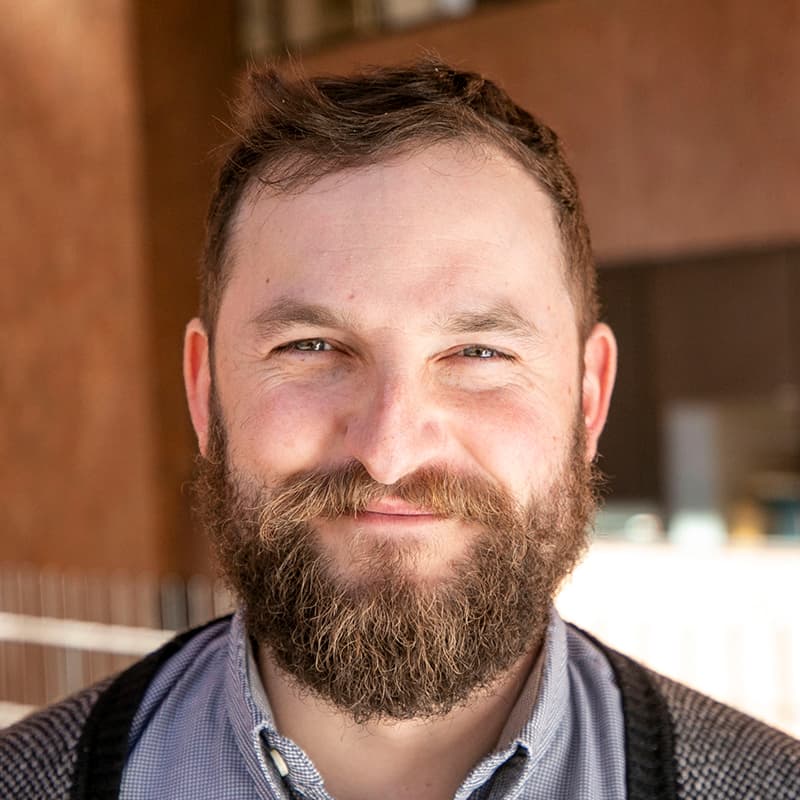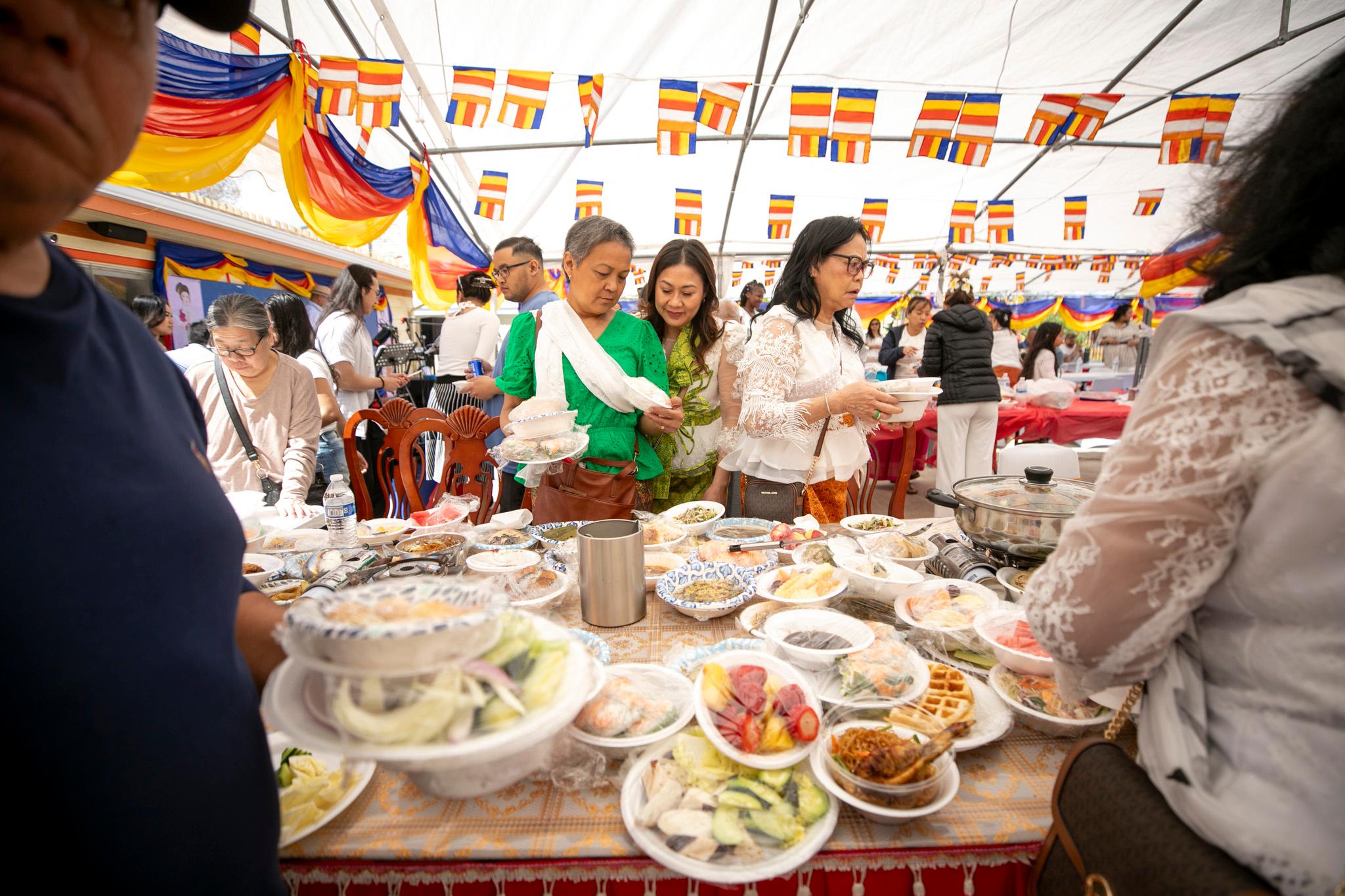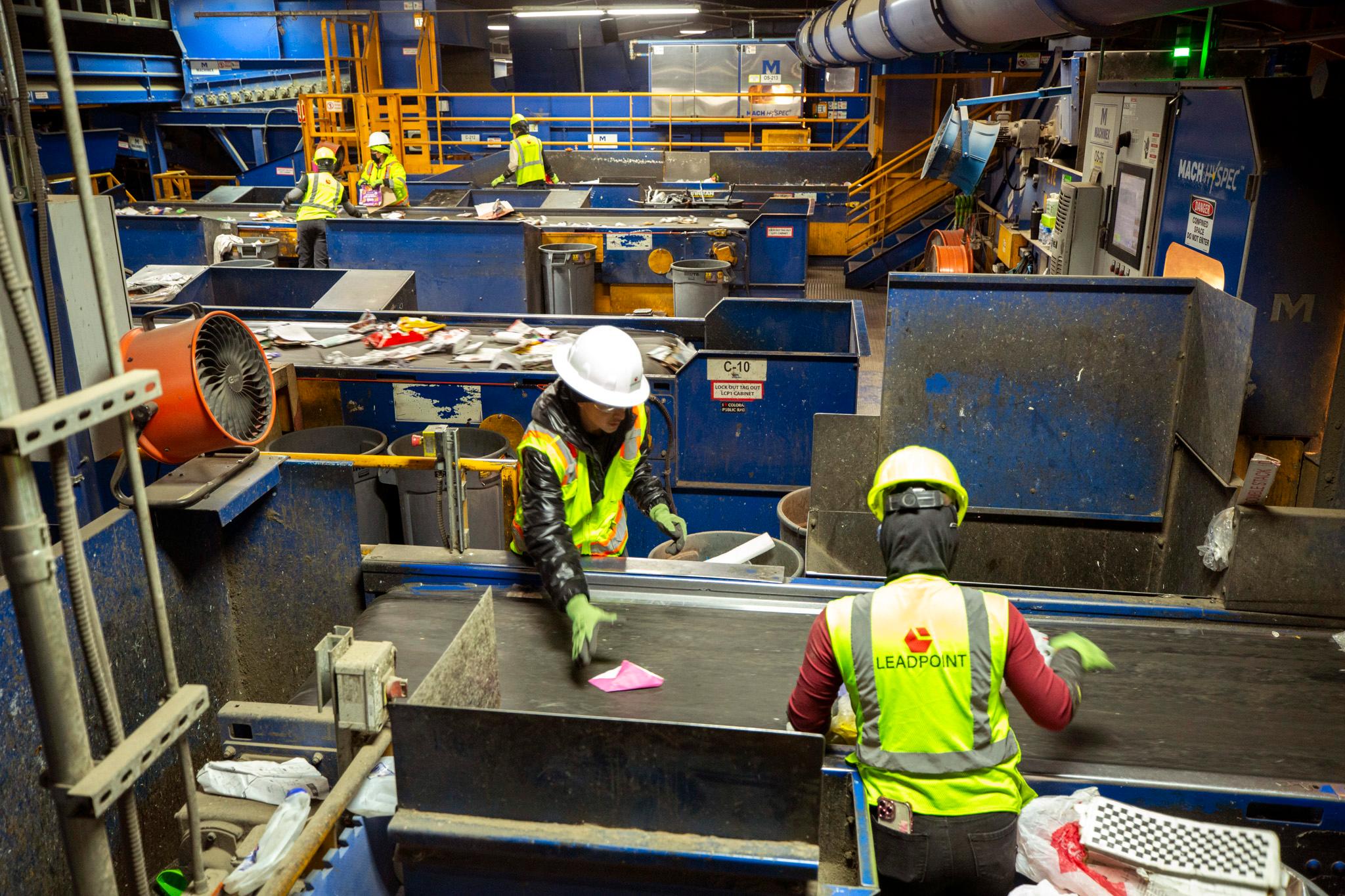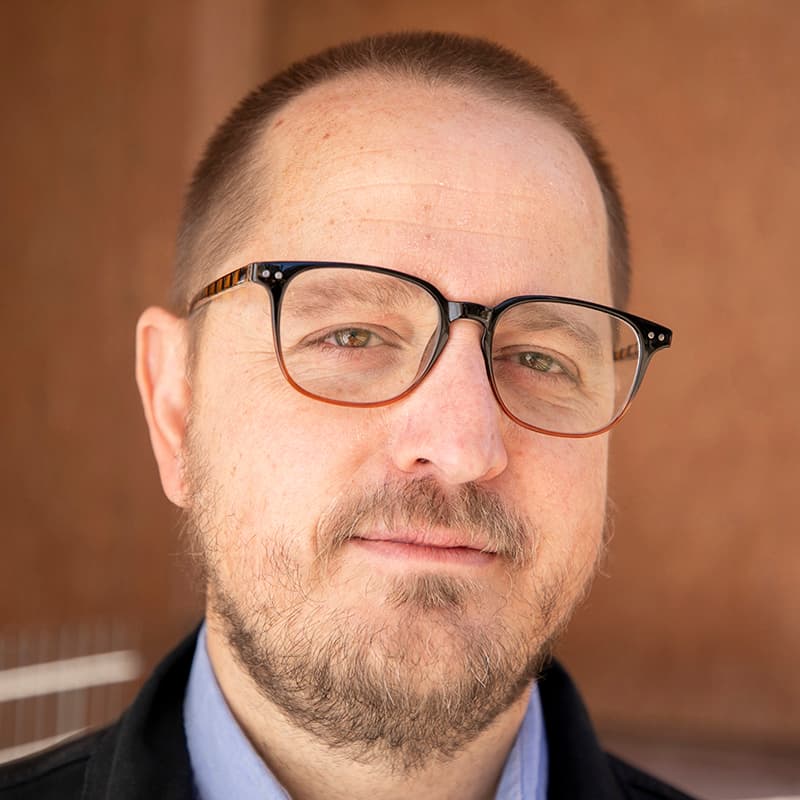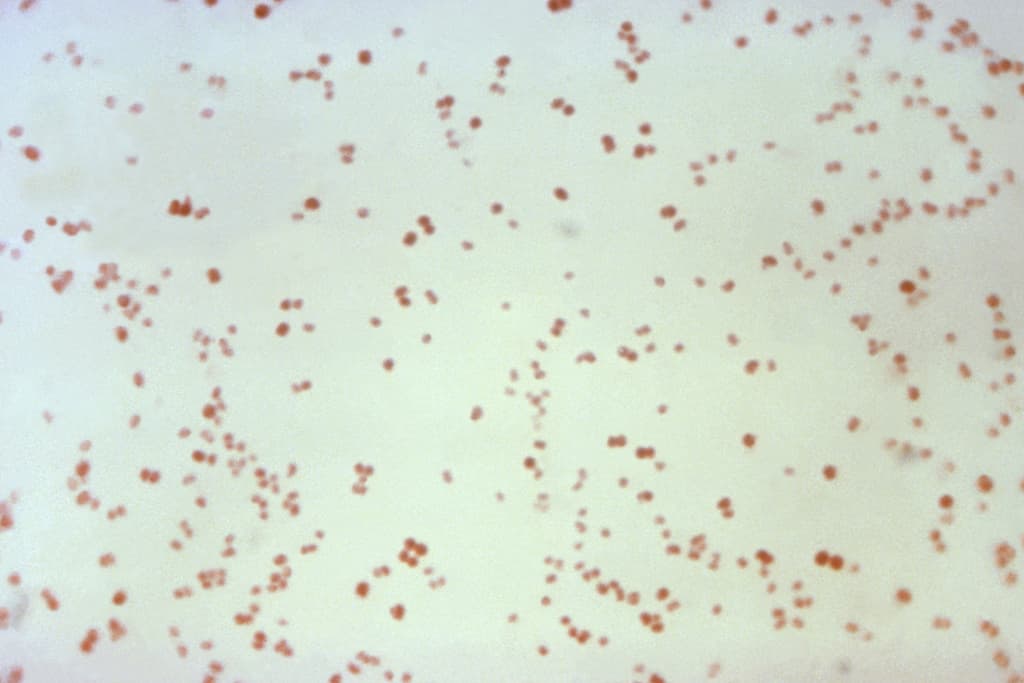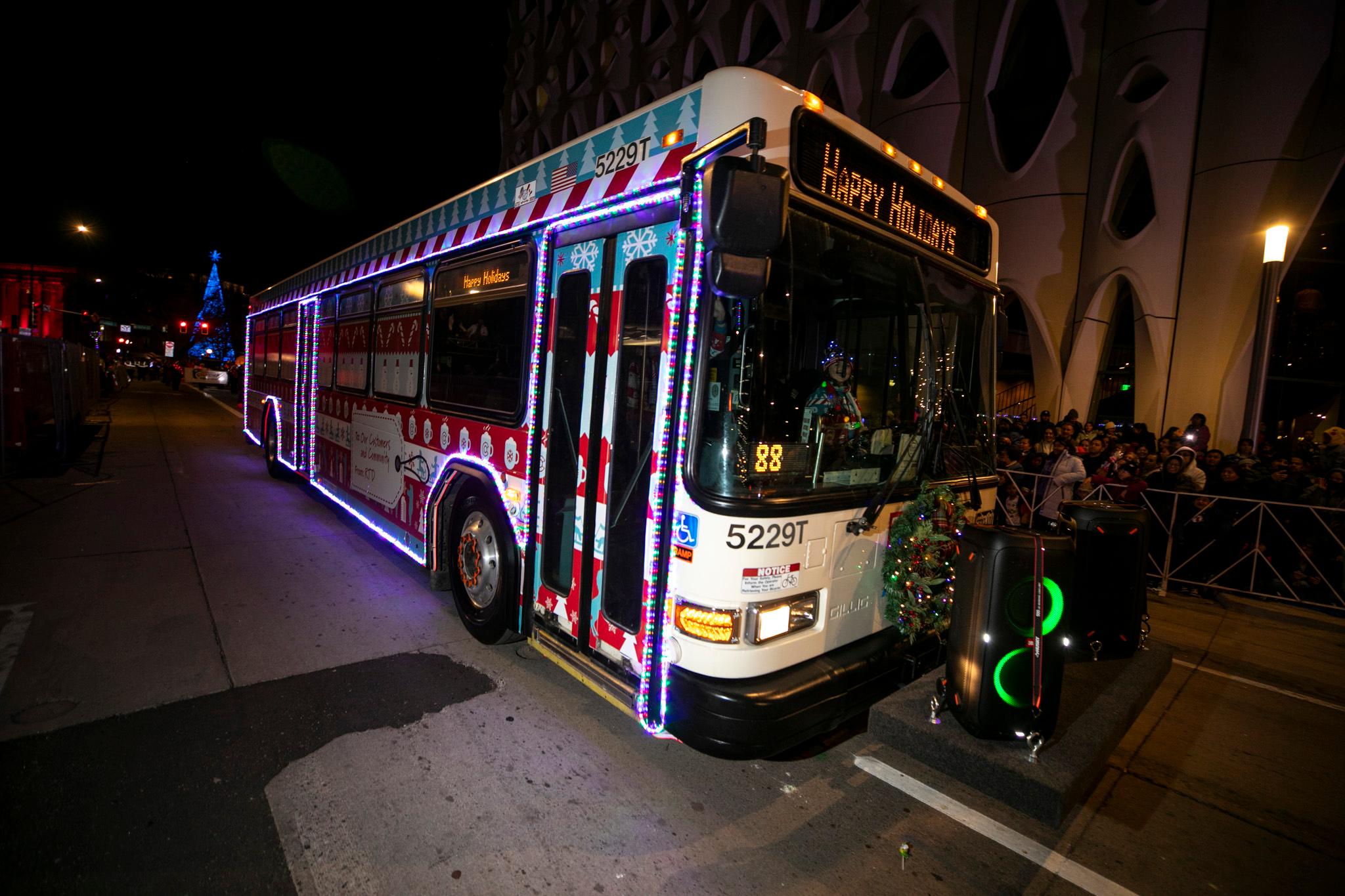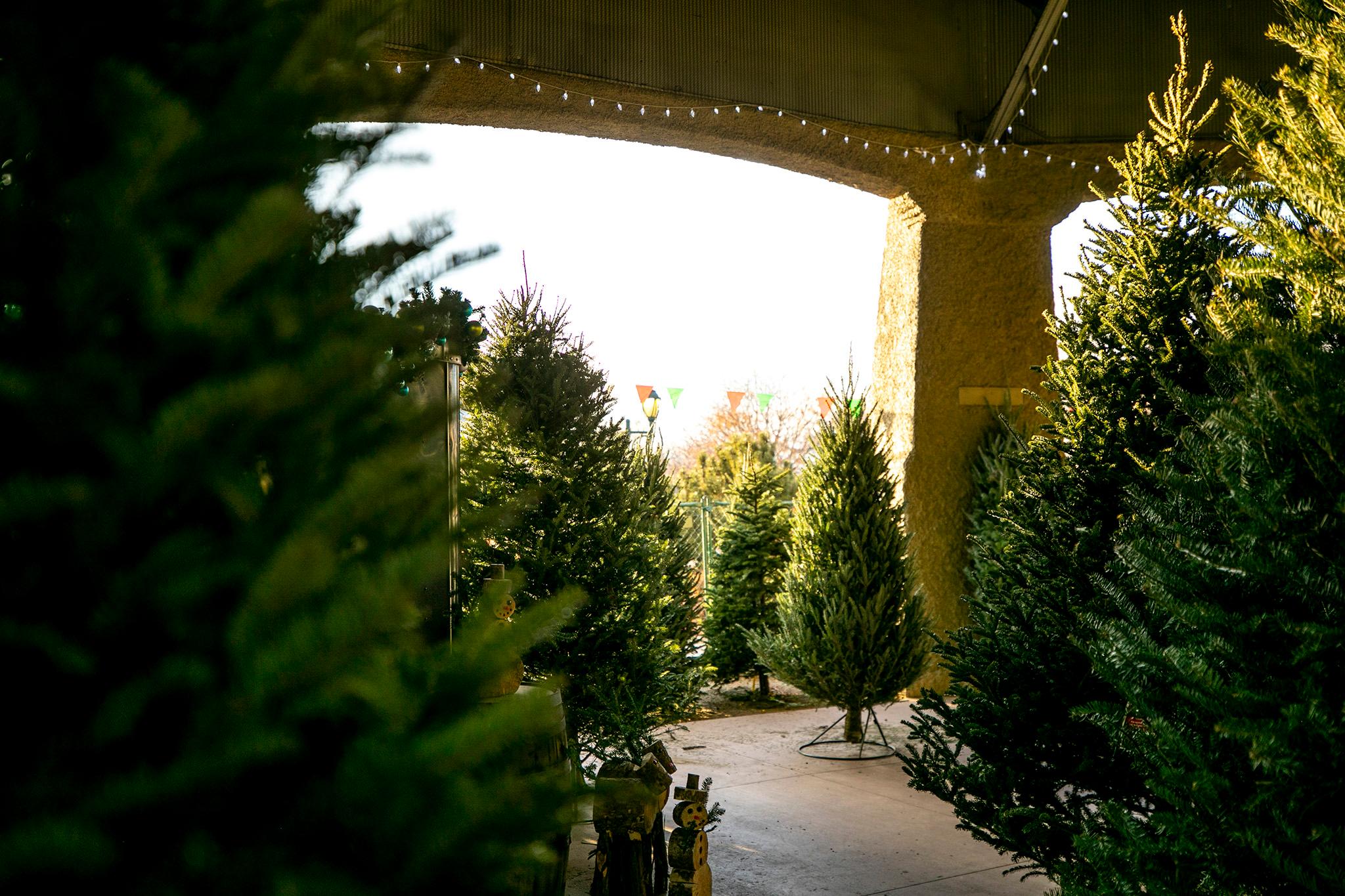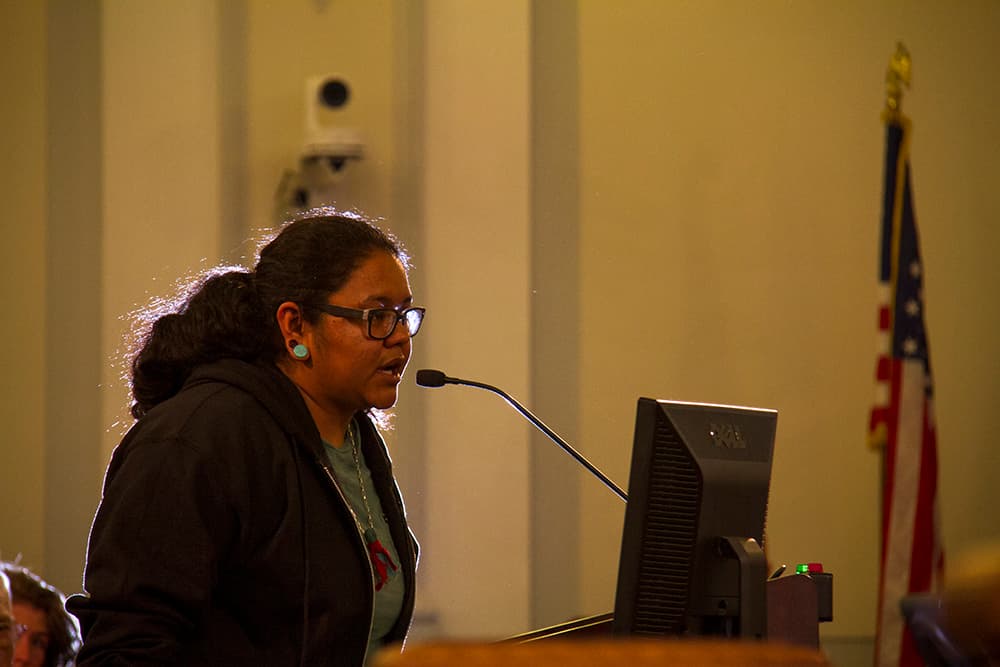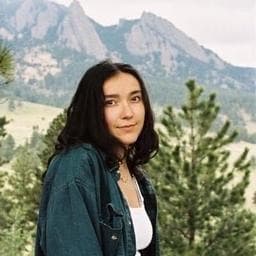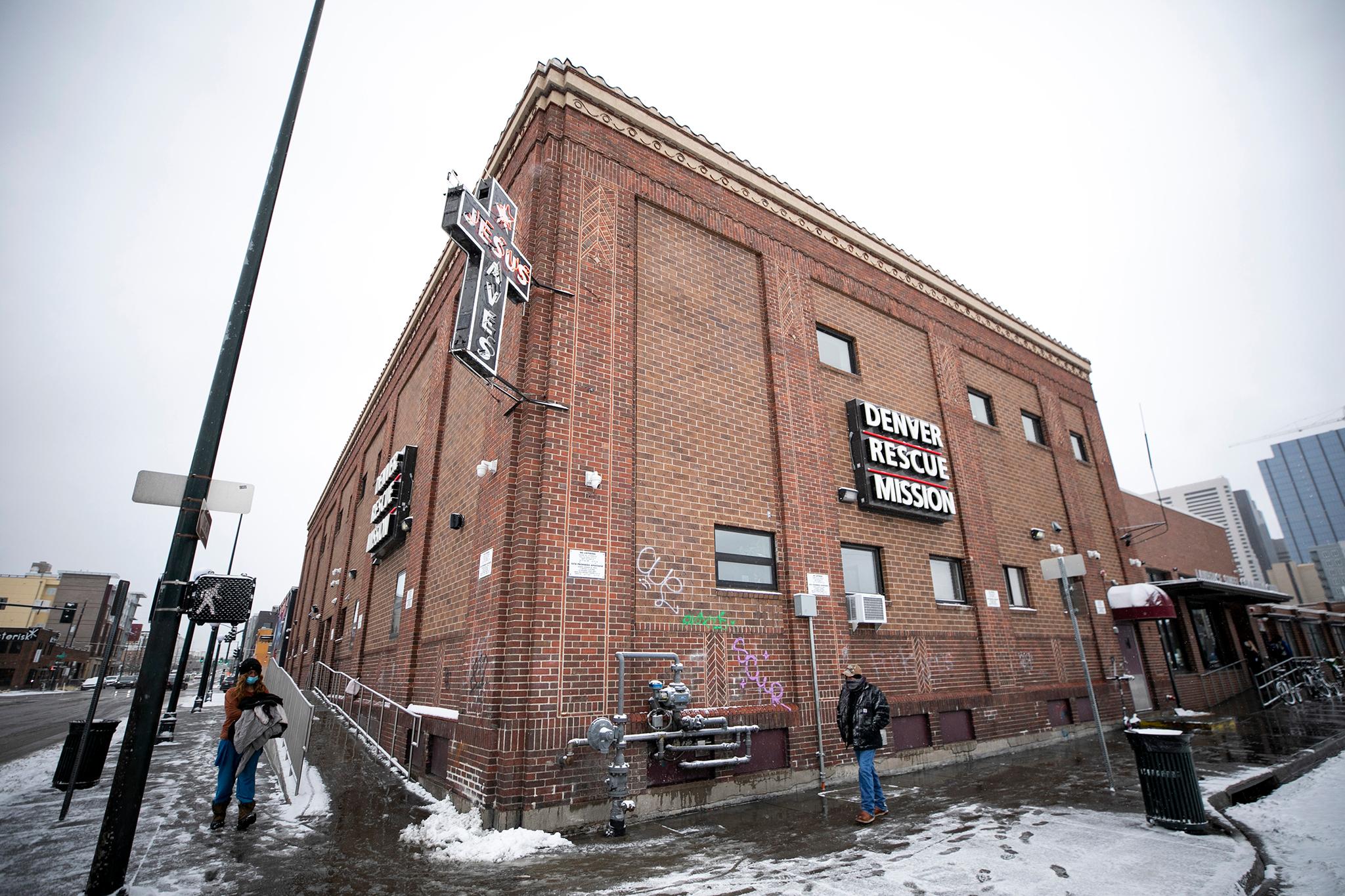Chanrith and Chanbo Oum fled Cambodia in 1981, in the aftermath of the genocide brought by Pol Pot and the Khmer Rouge.
When they arrived in Colorado, they immediately knew they needed to build a place for their burgeoning refugee community to set down roots and grow together in this new country.
They erected Buddhist temples along the Front Range through the next decades, nurturing tight bonds that helped them solidify their place here. They thrived, but many never stopped feeling disconnected from the home they were forced to abandon.

So the Oums were excited when the Denver Museum of Nature and Science announced a new exhibition about Cambodia’s ancient cultures last February. “Angkor: The Lost Empire of Cambodia” fills an exhibit hall with over 100 artifacts from the 150-square-mile Angkor complex of ruins and temples, cloaking them in sounds and textures of the jungle.
Chanrith said he grew emotional when he and Chanbo visited with their family. They’ve only once visited Cambodia since they left; this was a way to feel at home without a plane ticket.


“I'm very proud. I'm very excited,” he said with a glint in his eye. “Because this is where I came from … Everything reminds me, in my mind, of exactly when we were young.”
But this exhibit is about more than nostalgia for the Oum family. It’s also a validation of their efforts to establish their presence, and a way to keep younger generations close to the history and journey that brought them here.
40 years on, the work they put in to build community is still paying off.
For practically his whole life, Tony Oum has known he would help maintain the community his parents’ generation created in Colorado.
“It started at a very young age. I think my parents got me involved with the Cambodian community since I was six or seven years old,” Oum said.

Today, he helps manage a temple in an old home off Federal Boulevard, just over Denver’s northern border, which the Cambodian Buddhist of Colorado organization bought in 2016.
Last weekend, he collected money and tabulated donations on spreadsheets as the place filled with people coming to celebrate Khmer New Year.
Congregants filed in with endless plates of food for Buddhist monks, who ate first after they led the crowd in ancient chants. The adults dropped cash into collection bins as their kids sprinted around outside.




Tiffany Kan, who was waiting for her turn to eat, said she was grateful for the space.
“Especially for older generations. I am glad this is something that is available for my grandma. It's a place where she can come hang out with people her age and also be very deep into the religion as well,” she said.
Oum said people came from all over the metro to attend. Even more made the drive this year, he suspects, because of excitement about the Angkor exhibit that’s been buzzing around the temple.
“Absolutely,” he said. “I think we're seeing a lot more.”

It’s a welcome sign for a community that has spread out over time. Like many immigrant groups, Oum said American Cambodians are wary of losing touch with their language and traditions as generations march further into assimilation.
Harnessing that excitement, and giving people somewhere to gather, is a way to keep that connection alive.
“It's leading by example,” Oum said. “If we can get people within the community to promote the culture, work together, I think that's how you make sure that people really maintain, retain their heritage.”

The museum exhibit is also about reclaiming that heritage.
Its title describes a “lost empire,” but Daniel Ville, director of partnerships with DMNS, said that doesn’t mean “forgotten.”
“The empire wasn't ‘lost,’ as we think about it. It was not consumed by the jungle. The concept of lostness in this exhibit is about pieces that have been stolen, removed from temples and looted,” Ville said. “Now it's recuperated.”
The Angkor ruins, which includes the famous Angkor Wat temple complex, were heavily looted in the 1970s, during Cambodia’s civil war and as the Khmer Rouge purged intellectuals from its Communist utopia.


Some of those artifacts landed in globally recognized institutions, including the Denver Art Museum. Museums have only recently issued apologies and returned items to the Cambodian government.
Ville said what’s on display today is a reversal of that paradigm.
“Now the Cambodian government, the kingdom of Cambodia, wants these pieces to travel, to tell that story,” he said.

Cambodian officials visited Denver in February, meeting with the Oums and other families for a grand opening ceremony. It was crucial to make sure the local community was part of the project, Ville said, to win both their approval and future patronage.
“This was a very powerful opportunity for us to create that sense of belonging and welcoming that was made through these connections,” he said. “We've been able to partner in this exhibit to bring people for whom it was their first time coming to the museum.”
Oum said Colorado’s Cambodian Americans are proud that their heritage has been repatriated. It’s made the experience of seeing those objects here that much more powerful, as symbols of their identity.
“It's such a significant piece in our history, our family roots,” he said. “It plays such an important role.”
“Angkor: The Lost Empire of Cambodia” runs through Aug. 24, 2025.



